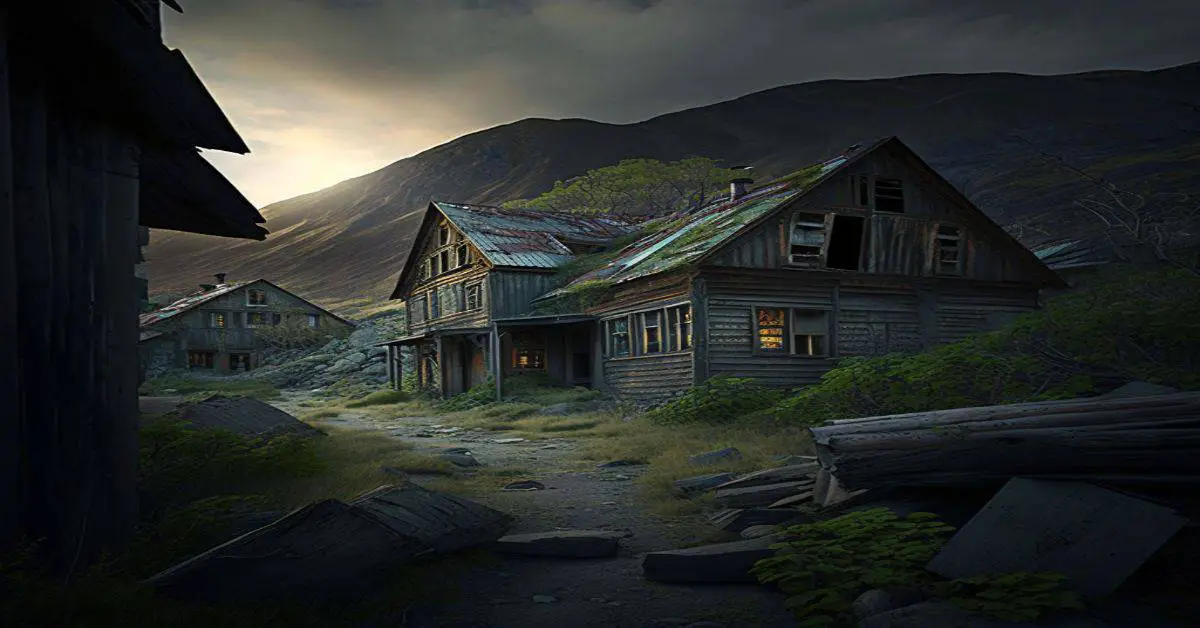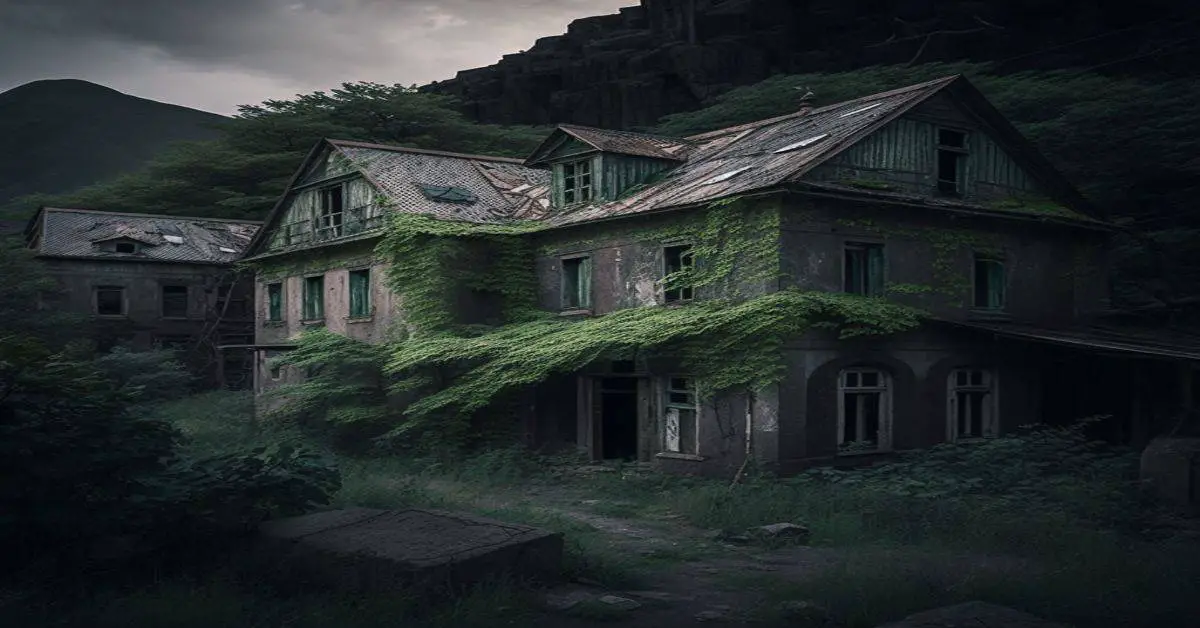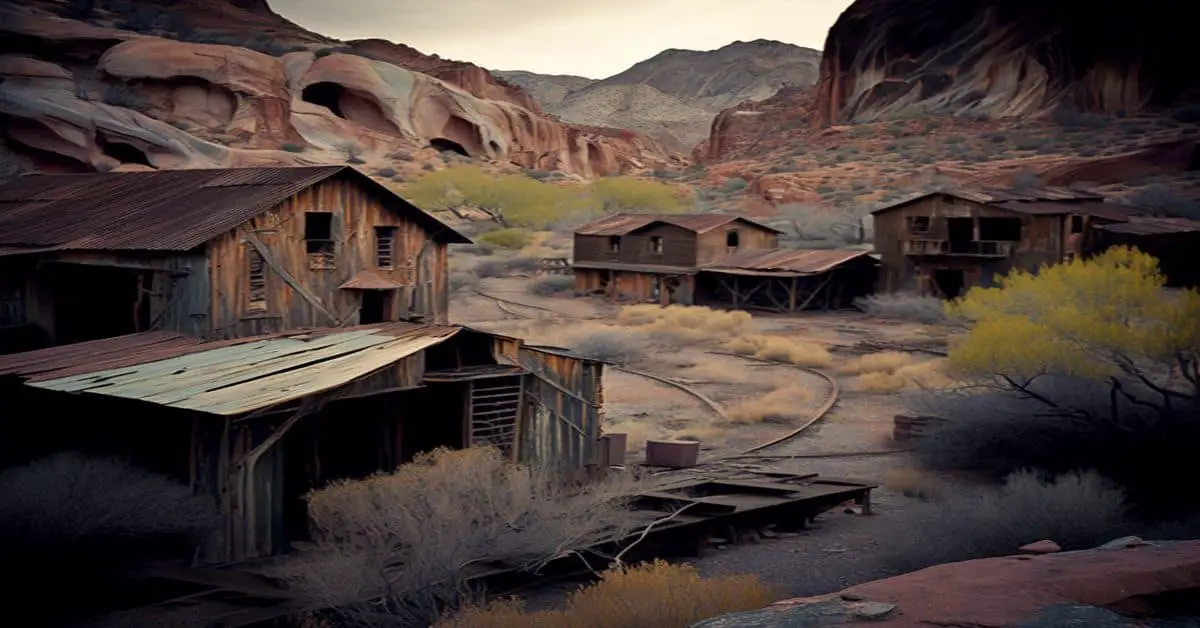Ghost Towns of Upper Peninsula Michigan: A Journey into the Past
The Upper Peninsula of Michigan is home to a fascinating history, filled with stories of booming mining towns that turned into ghost towns when the copper and lumber industries declined. Today, these ghost towns offer a glimpse into the past and are popular attractions for tourists and history enthusiasts alike.
This article will take you on a journey through some of the most intriguing ghost towns in Upper Peninsula Michigan, exploring their history, the people who once lived there, and what remains of these once-thriving communities.
A Brief History of Upper Peninsula Michigan
The Upper Peninsula of Michigan, particularly the Keweenaw Peninsula, was once the center of America’s first mining boom. The discovery of copper in the region by Michigan’s first state geologist, Douglass Houghton, in 1840 led to the establishment of numerous mining towns and attracted thousands of immigrants from Europe seeking work in the mines.
The Keweenaw Peninsula became known as Copper Country, and at its peak, it supplied nearly all of the nation’s copper.
However, the decline of the copper industry in the early 20th century, followed by The Great Depression, led to the closure of many mines and the eventual abandonment of several towns. Today, these ghost towns serve as a reminder of the region’s rich history and offer a unique insight into the lives of the people who once called them home.
Exploring the Ghost Towns of Upper Peninsula Michigan
Fayette Historic State Park
Located on the picturesque Garden Peninsula, the ghost town of Fayette offers visitors a fascinating glimpse into the past. Established in 1867, Fayette was once a thriving iron-smelting town with nearly 500 people.
The town was built around the Jackson Iron Company’s blast furnaces and charcoal kilns, and when the charcoal iron market declined, so did the town.
Today, Fayette Historic State Park contains the town’s ruins, including twin furnaces, a company store, a hotel, and private homes. Visitors can take self-guided walking tours of the 19 structures, exploring the history of this once-thriving community. The park also offers boating, picnicking, swimming facilities, and 80 rustic campsites.
Central Mine and Village
Central Mine and Village, located in the Keweenaw Peninsula, was once a top copper producer. The mine was opened in 1854 and was the center of the town’s economy until it closed in 1898. At its peak, the town had a population of over 1,200 people, but by 1905, the population had dwindled to just 100.
Today, visitors can explore the remains of this mining town, including several restored buildings and a visitor center with interpretive exhibits. The Central Mine Methodist Church, erected in 1868, has been recently restored and hosts an annual reunion for descendants of the original miners.
The town’s ruins are located on the west side of Highway 41, just four miles north of Phoenix.
Delaware
The historic town of Delaware, located 12 miles south of Copper Harbor, was once home to the Delaware Mine, which operated from 1874 to 1887. Today, only a few foundations remain of this once-thriving mining town.
However, visitors can still explore the Delaware Mine on the west side of Highway 41 through guided tours, which offer insights into the history and workings of the mine.
Gay
Situated on the east shore of the Keweenaw Peninsula, the village of Gay was once home to the Mohawk Mining Company’s stamp mill. Established in 1898, the stamp mill was built along the water’s edge to take advantage of the natural resources needed for copper mining, including the water from Lake Superior.
Today, the village is mostly populated by summer residents, but the 265-foot tall Gay smokestack still stands as a landmark for boaters.
Mandan
Mandan, located in the Keweenaw Peninsula, is a must-visit for anyone interested in exploring an authentic ghost town. Established in 1863 as the site of the Mandan Mining Company, the town was once home to around 300 people.
Today, only a few houses remain, and visitors can explore the old foundations and the remains of some collapsed buildings. Mandan is located about four miles north of Delaware on Highway 41.
Phoenix
Phoenix, located at the junction of US-41 and M-26, was once a bustling mining town with a population of around 500 to 1,000 people. Only a few old buildings and the Phoenix Church remain evidence of the town’s past.
The church, built in 1858, was moved from its original location in Cliff, another mining town, in 1899. The Keweenaw County Historical Society has purchased and restored the property, and visitors can explore the church and its history.
Quincy Mine Smelter
The Quincy Mine Smelter in Hancock is the only remaining copper smelter site in the Lake Superior region. Built in 1898, the smelter was used to process copper ore from the Quincy Mine. The site offers a unique glimpse into the copper mining industry and is an important historical landmark.
Efforts are ongoing to restore and preserve this historic site.
Old Victoria Historical Site
Old Victoria, a preserved mining village in the Keweenaw National Historical Park, offers visitors a look into the lives of Victoria Copper Mine workers. Restored log cabins house history, furnishings, and artifacts that provide insight into the daily lives of the miners and their families.
Visitors can explore the grounds and take guided tours inside the cabins (available through October 8). Nearby, the North Country Trail leads to the site of the mine itself.
Donken
Donken, an unincorporated community within Elm River Township, was once a thriving town built around the Case Lumber Mill. Today, it is a ghost town with only a few crumbling buildings and a small population.
The town’s history is preserved in photographs and stories shared by residents, offering a unique insight into the lives of the people who once called Donken home.
The Ghost Towns of the Keweenaw Time Traveler App
Visitors can use the Keweenaw Time Traveler App to explore the ghost towns of Upper Peninsula Michigan in-depth. Developed by Michigan Technological University, the app provides an interactive historical atlas that allows users to explore the region’s industrial history from the late 1800s to the present.
Users can contribute to the data and stories of the region, allowing for a richer and more immersive experience when visiting these ghost towns.
Conclusion
Ghost towns in Upper Peninsula Michigan offer a unique opportunity to step back and experience the history and lives of the people who once called these communities home. From the bustling mining towns of Fayette and Central to the quiet solitude of Donken and Mandan, exploring these ghost towns is a rewarding and educational experience for visitors of all ages.
Whether you’re a history enthusiast or simply looking for a unique adventure, visiting these ghost towns will leave you with a deeper appreciation for the region’s rich past and the people who shaped it.



